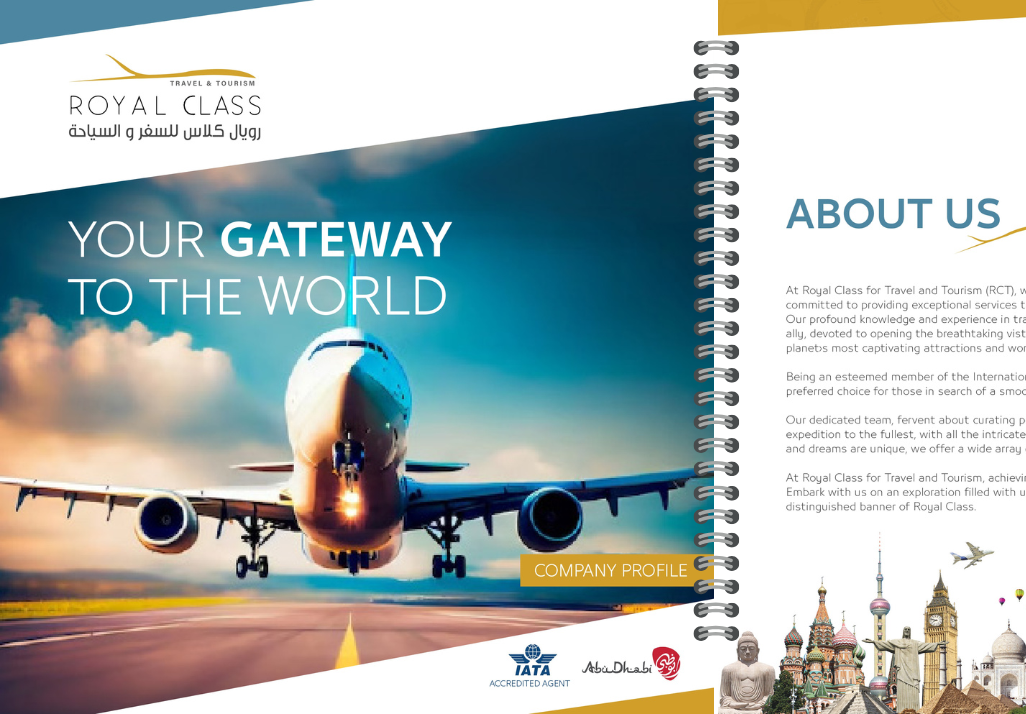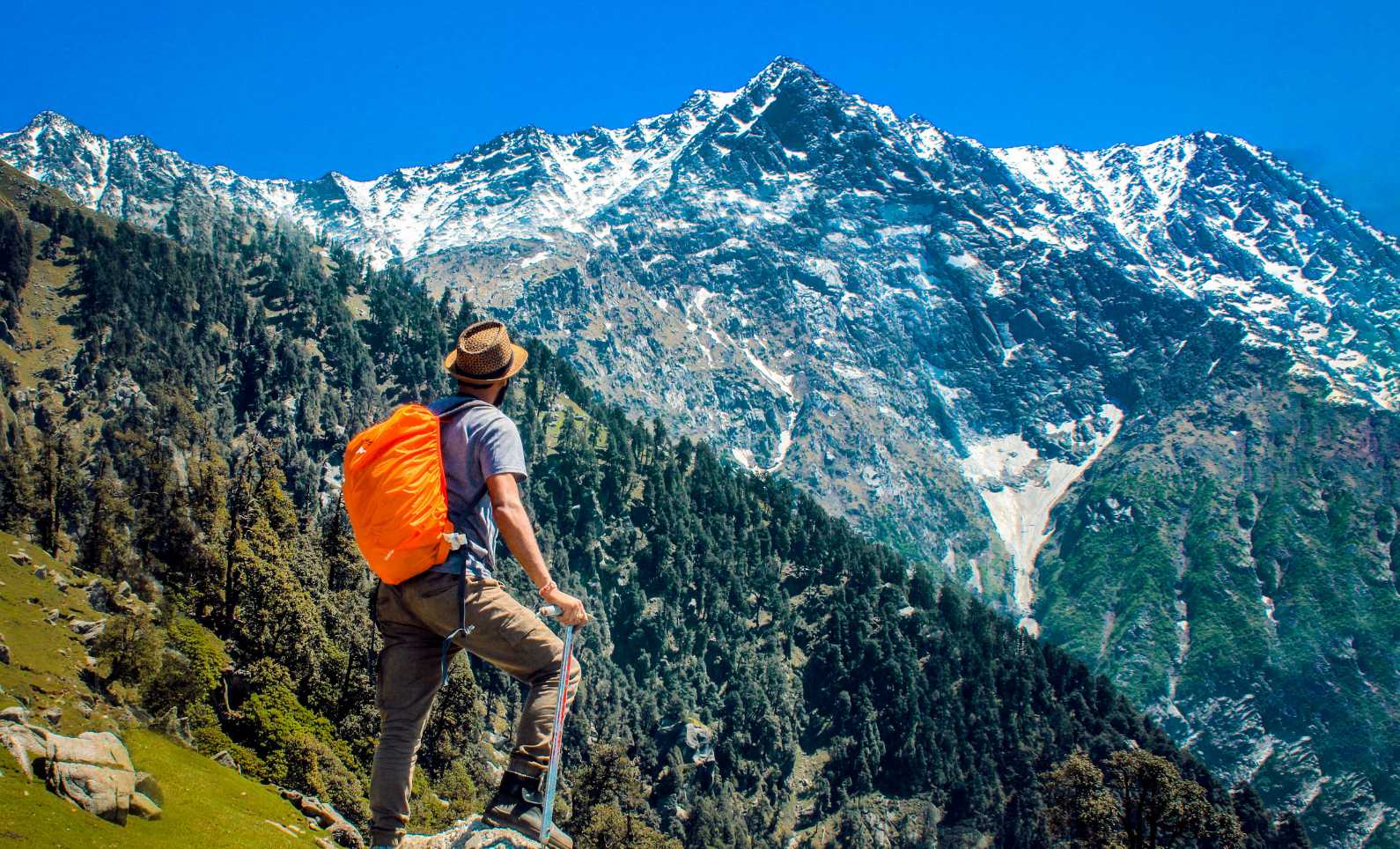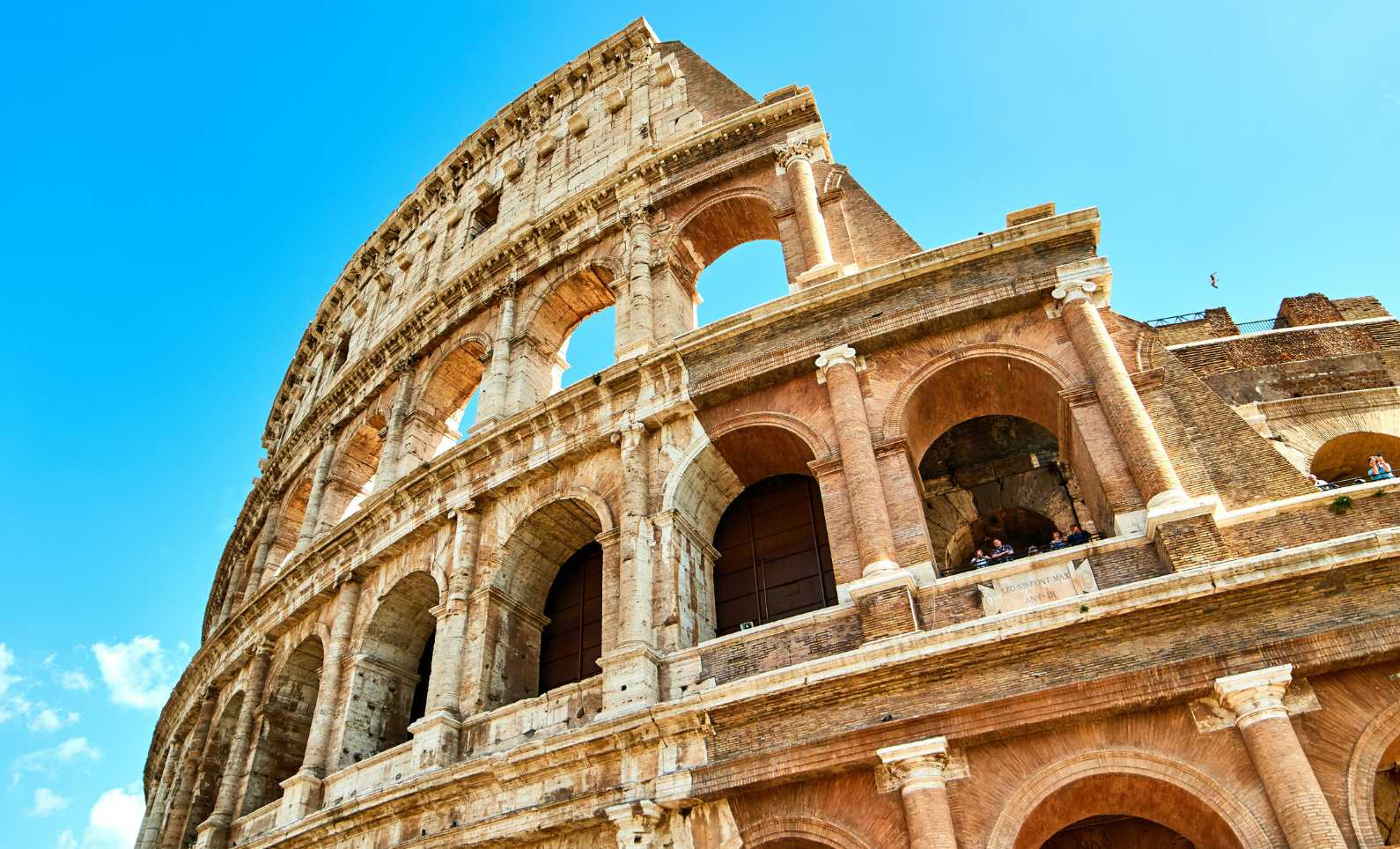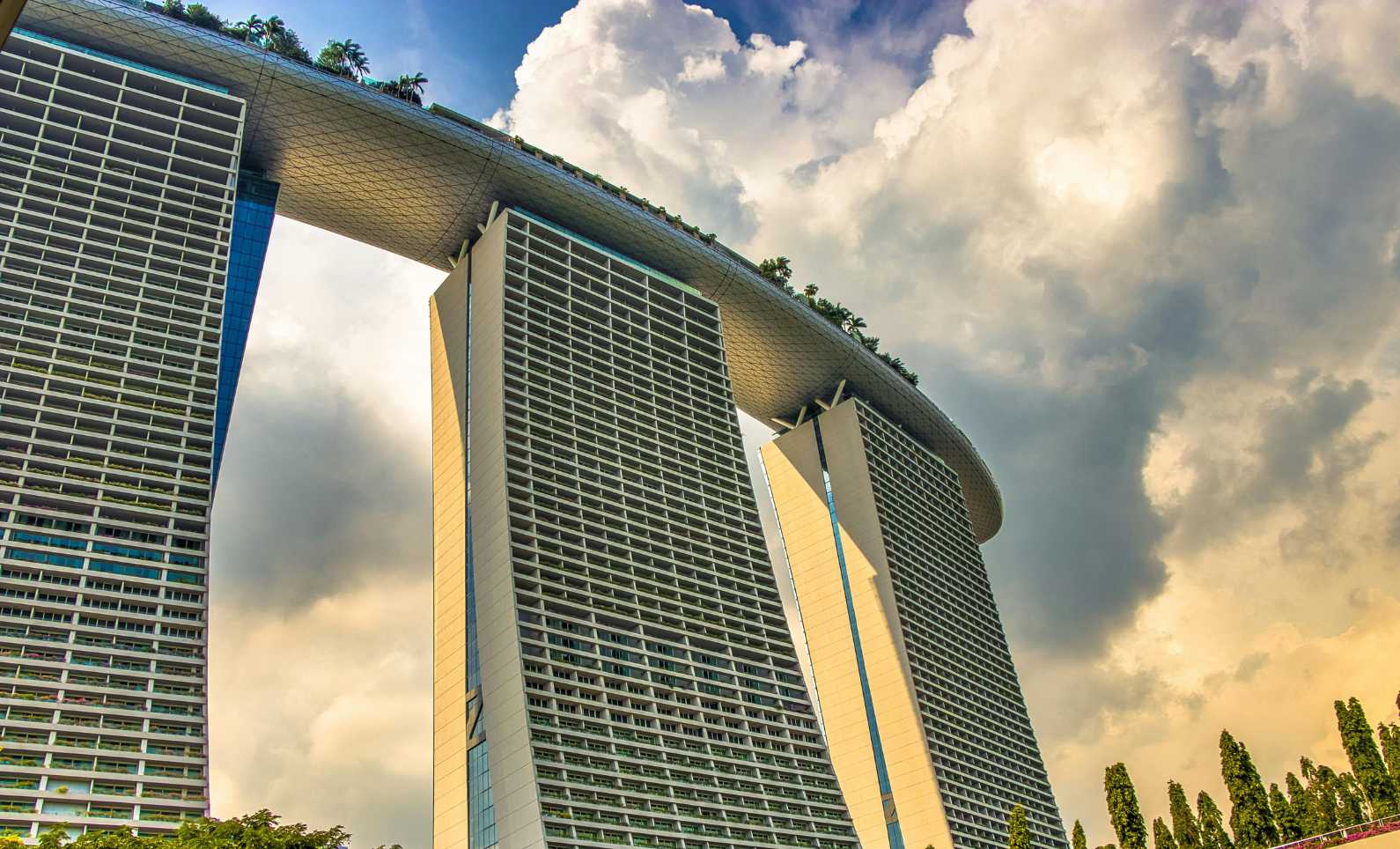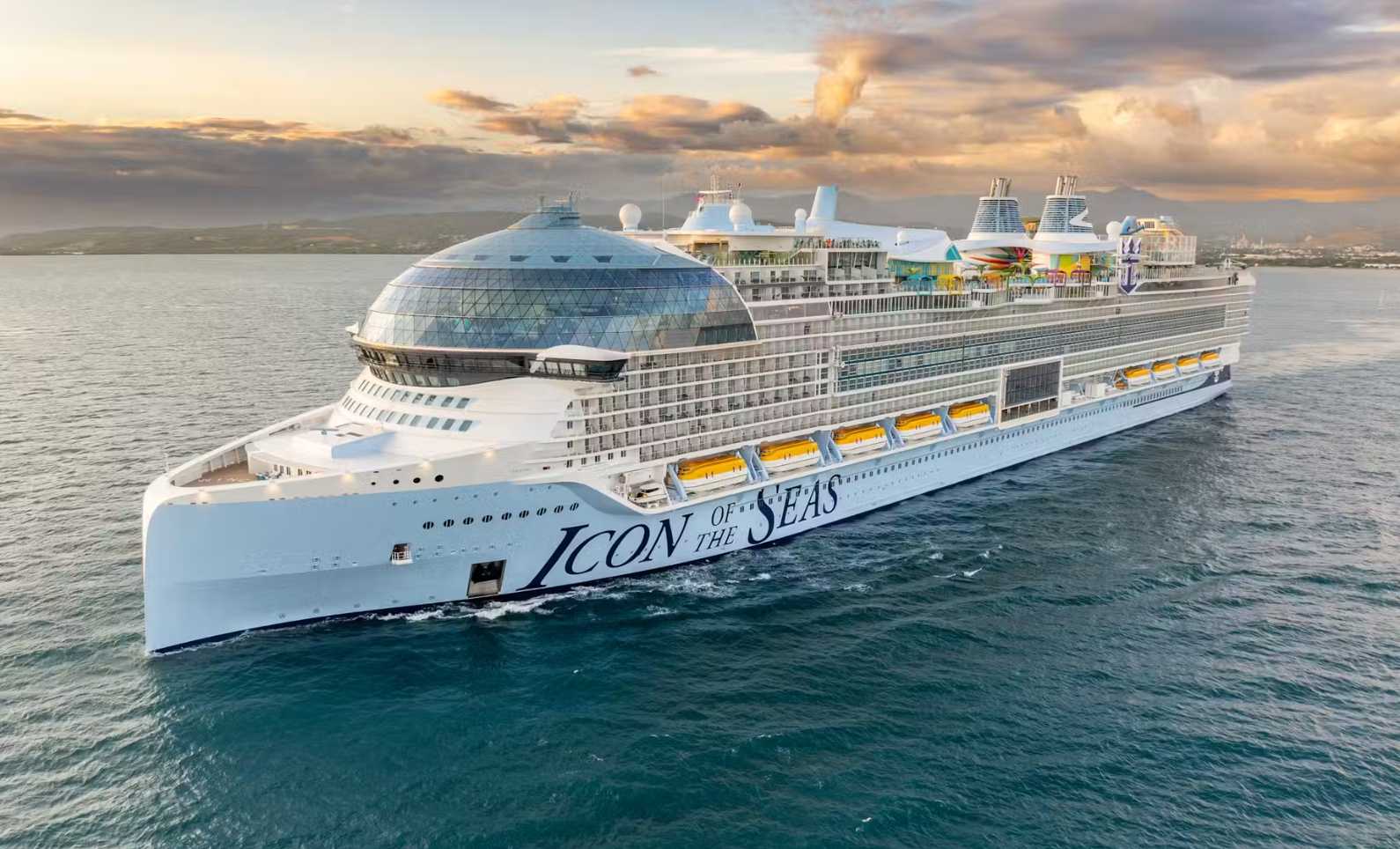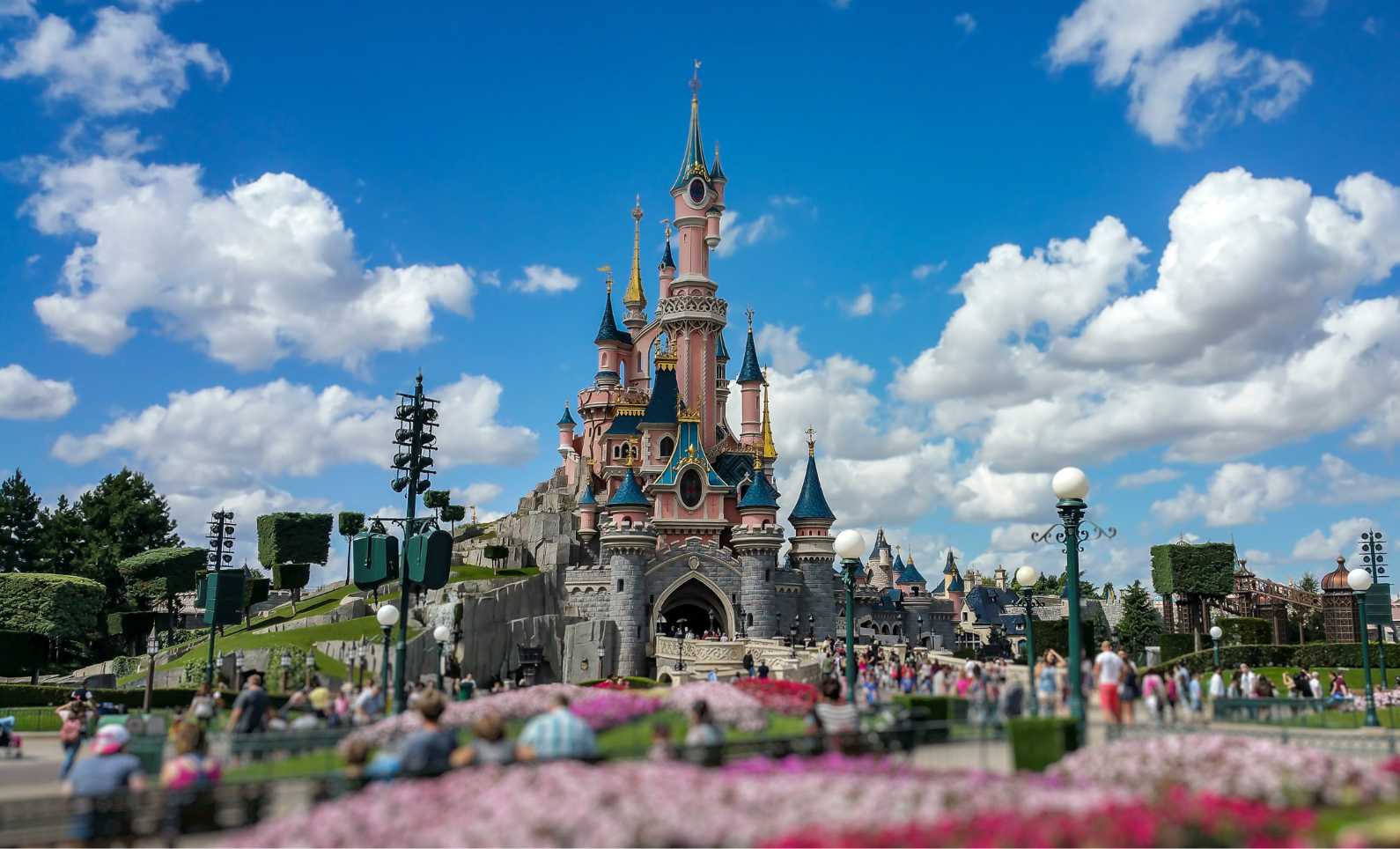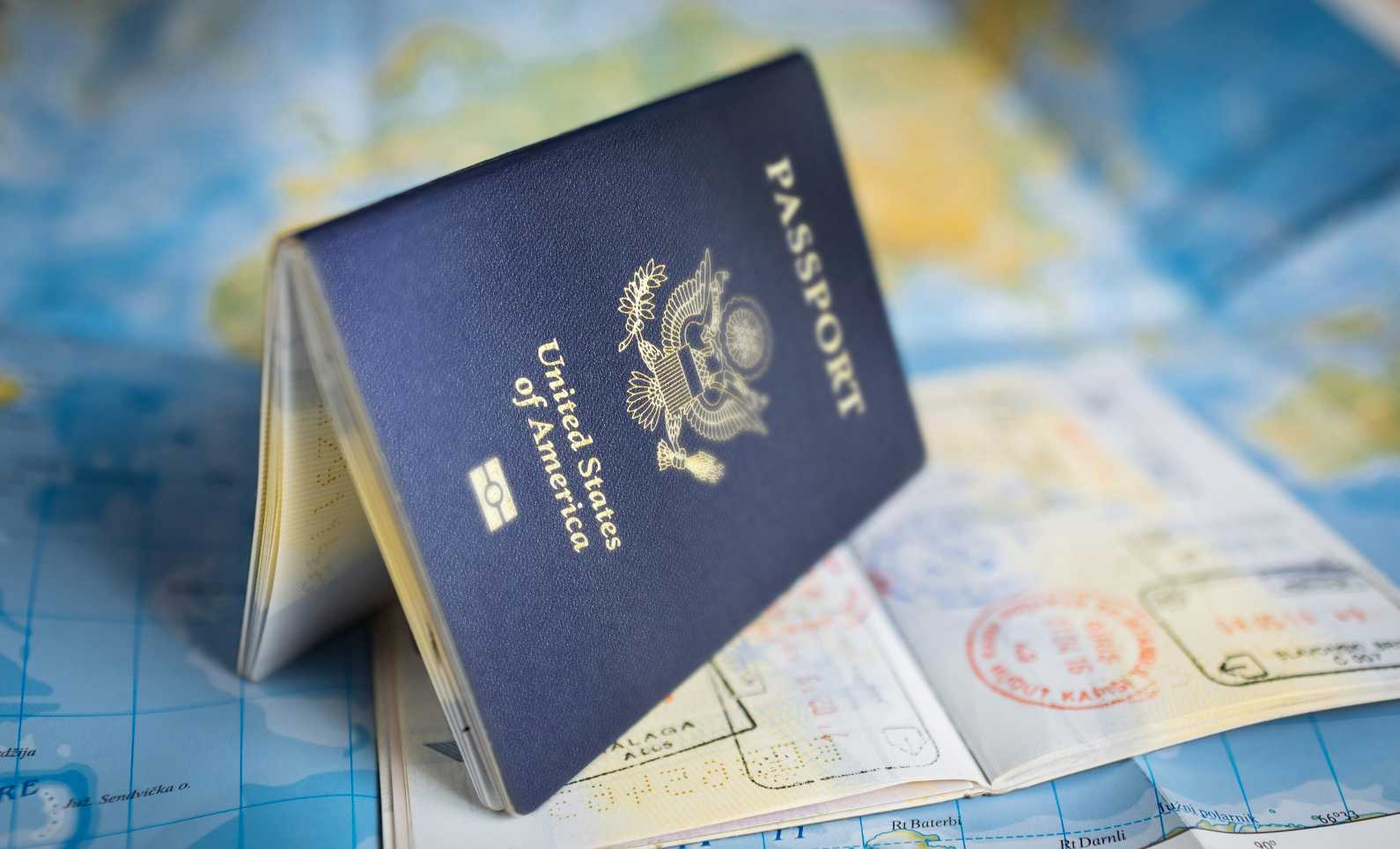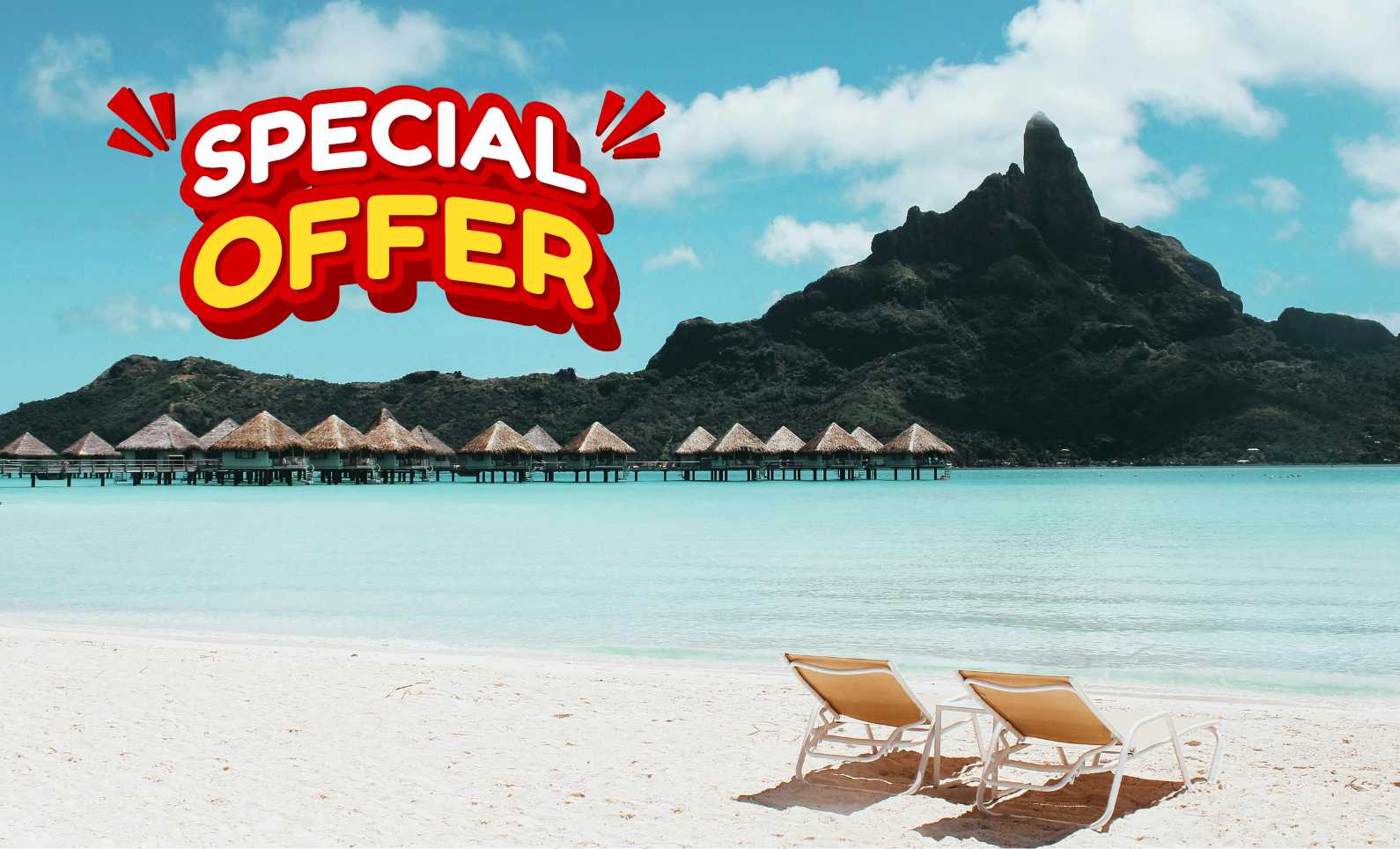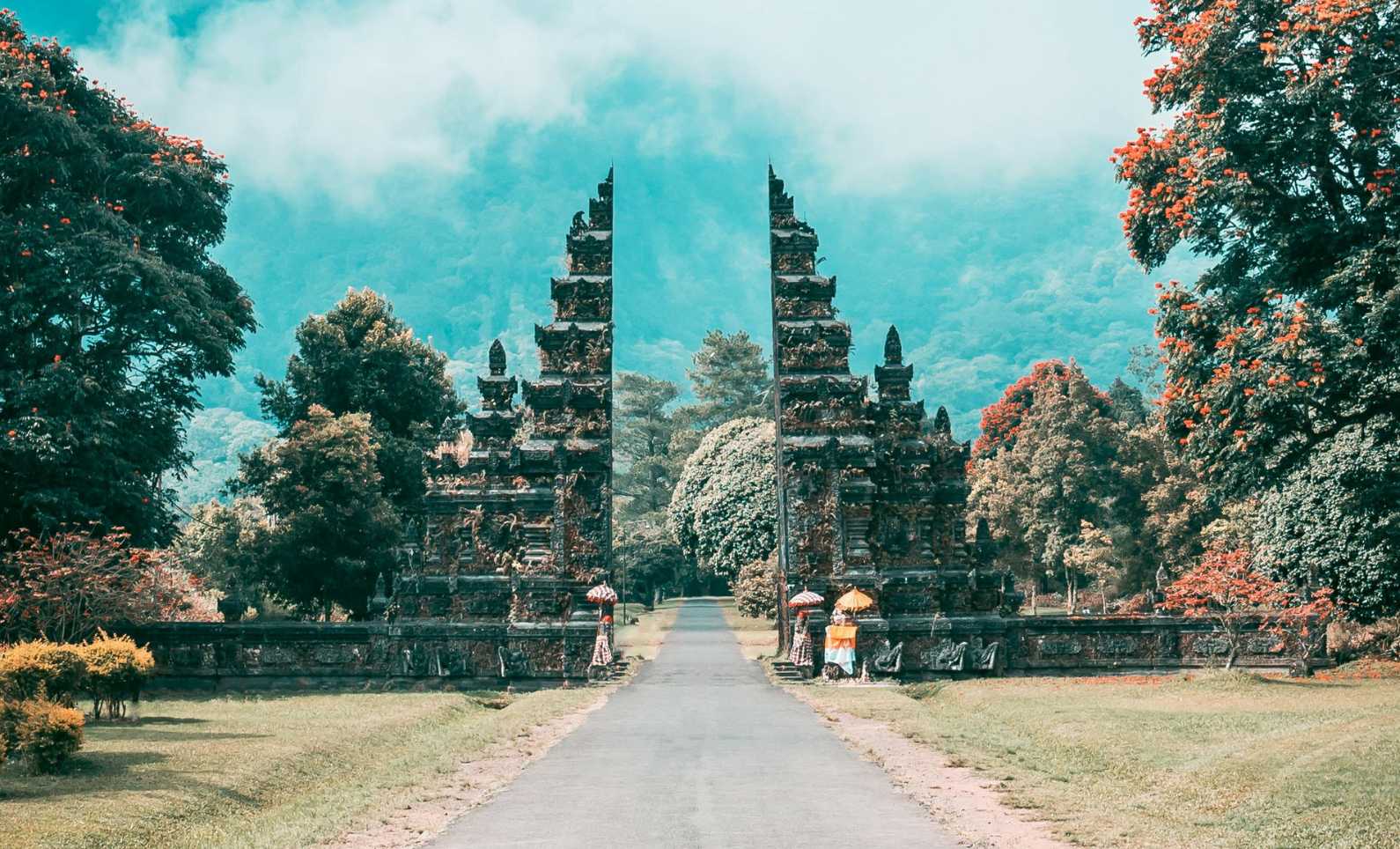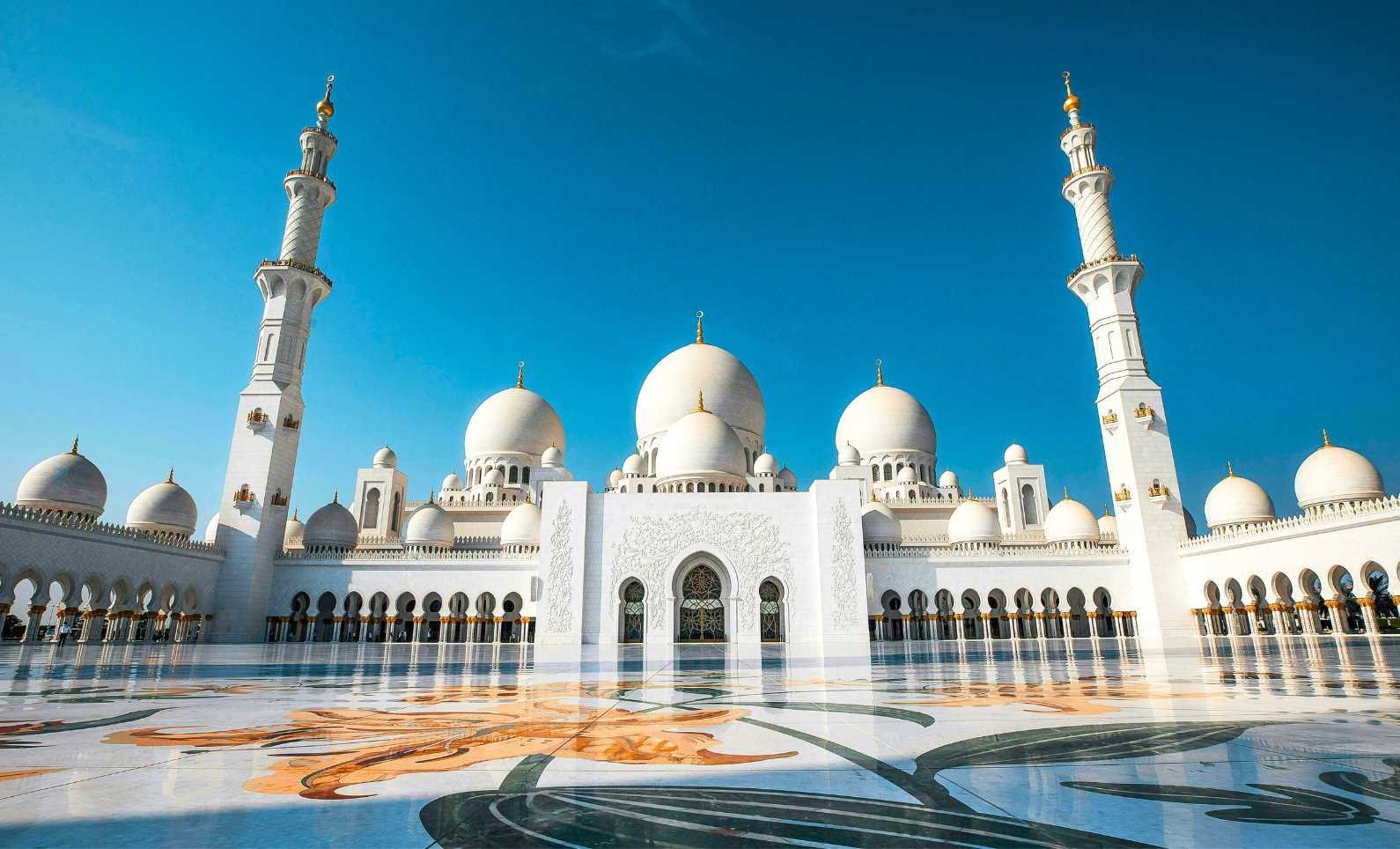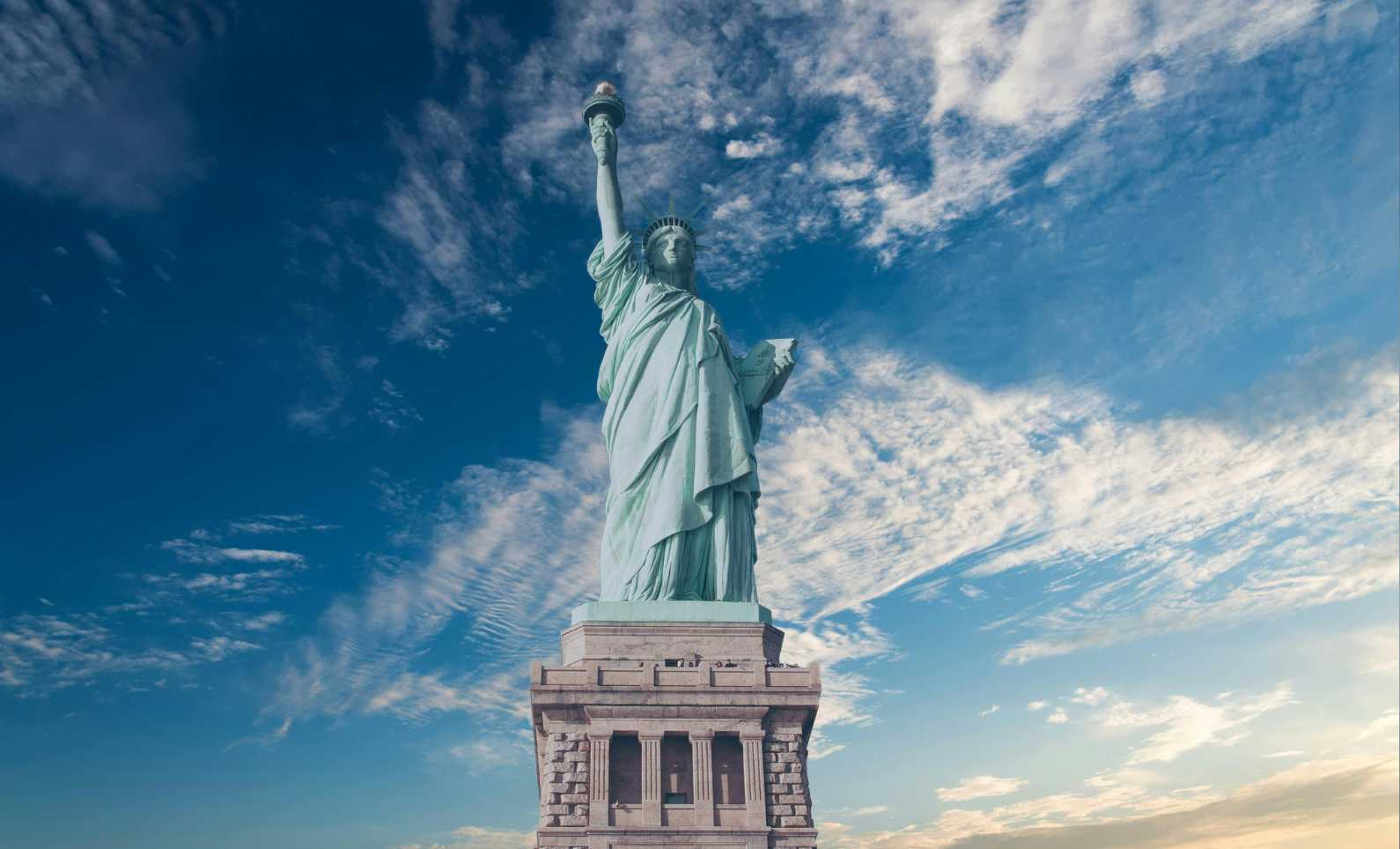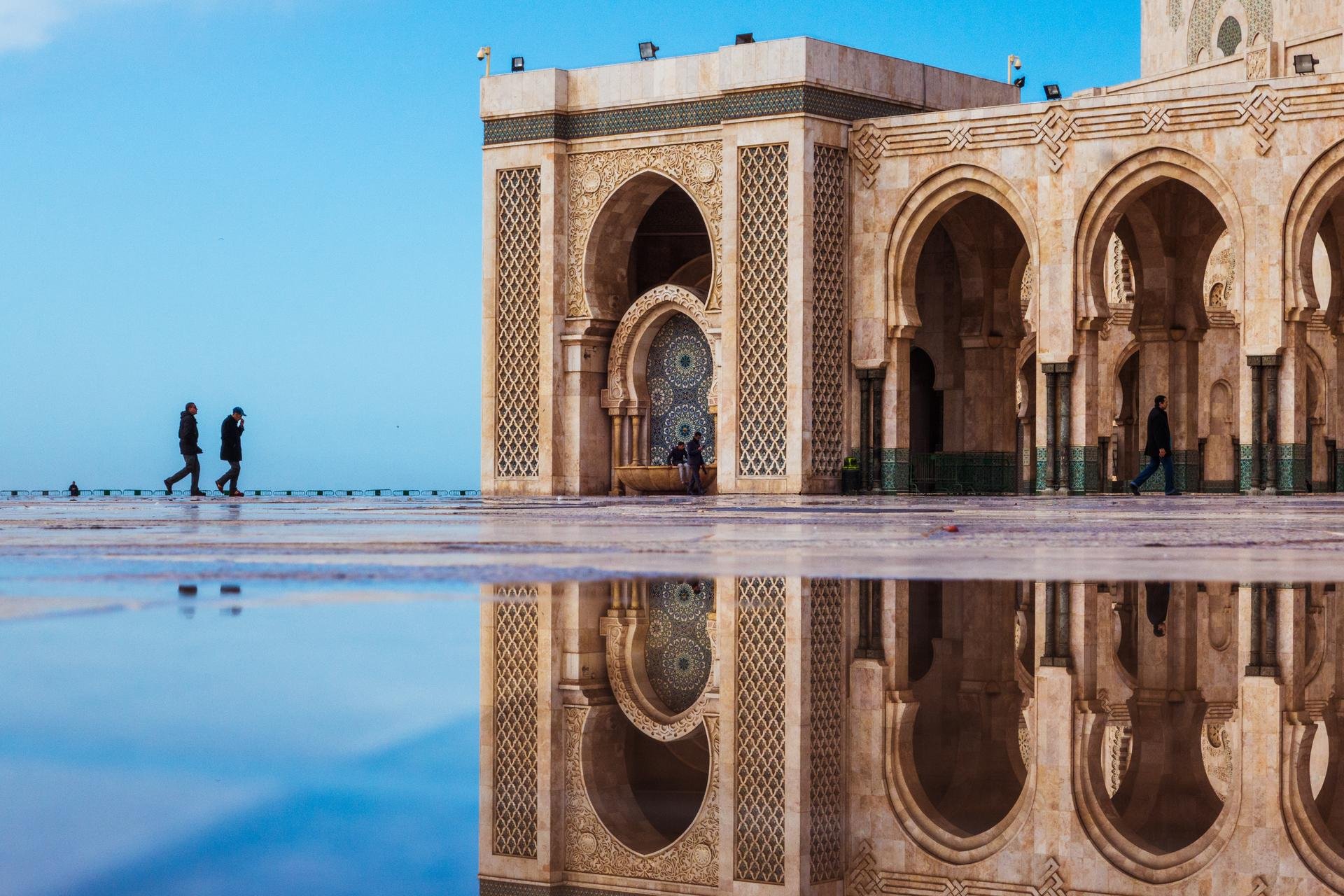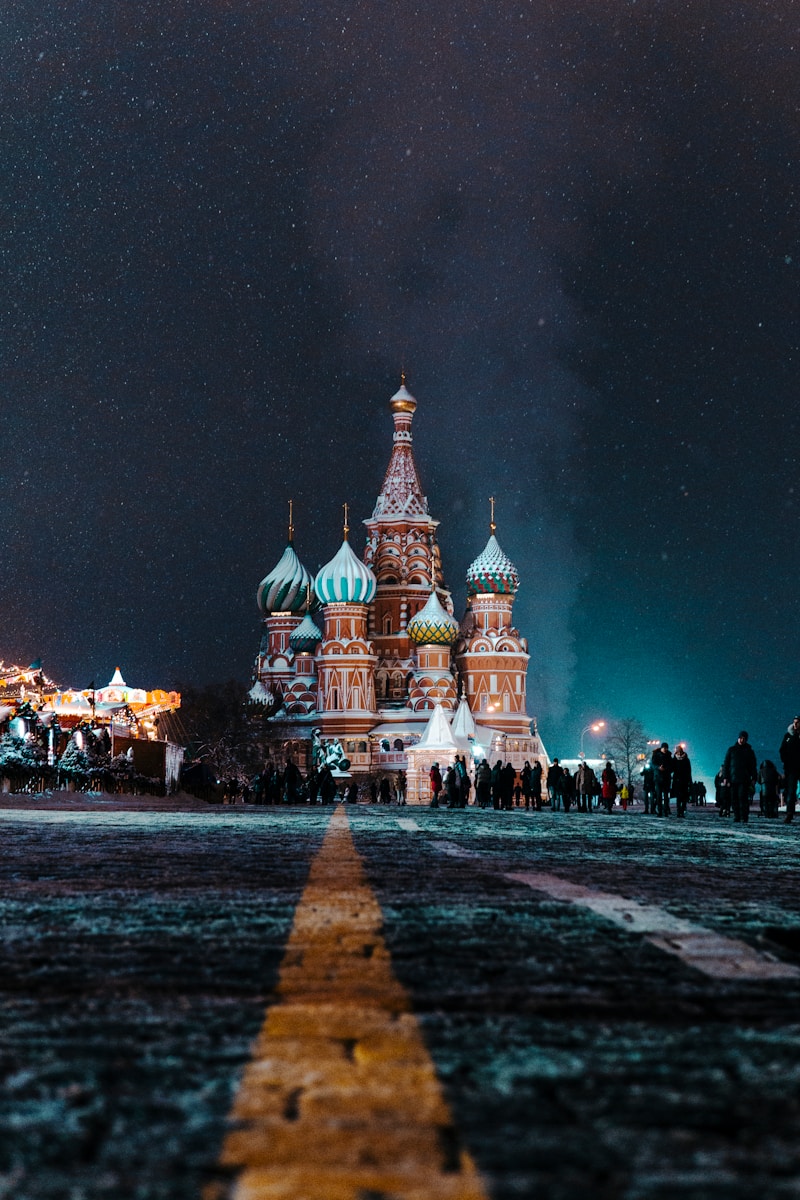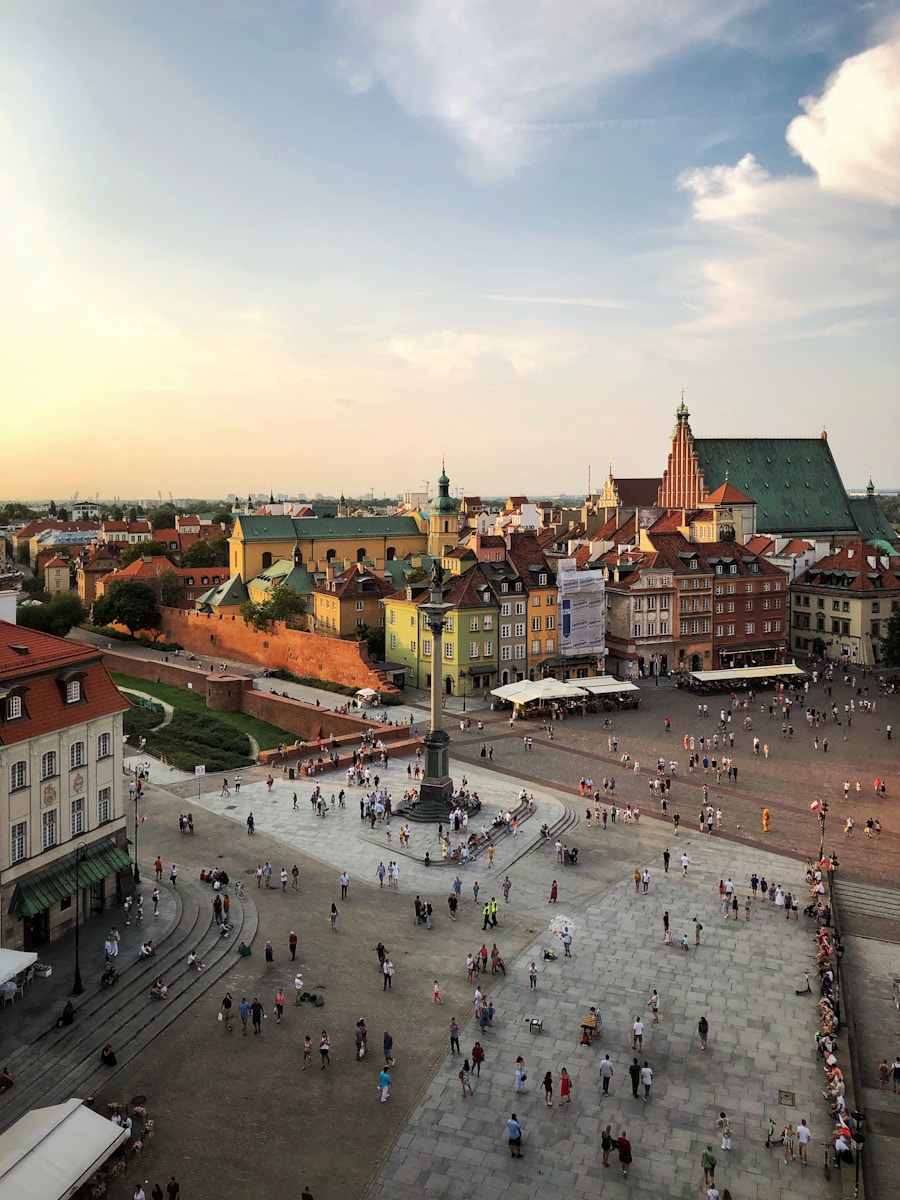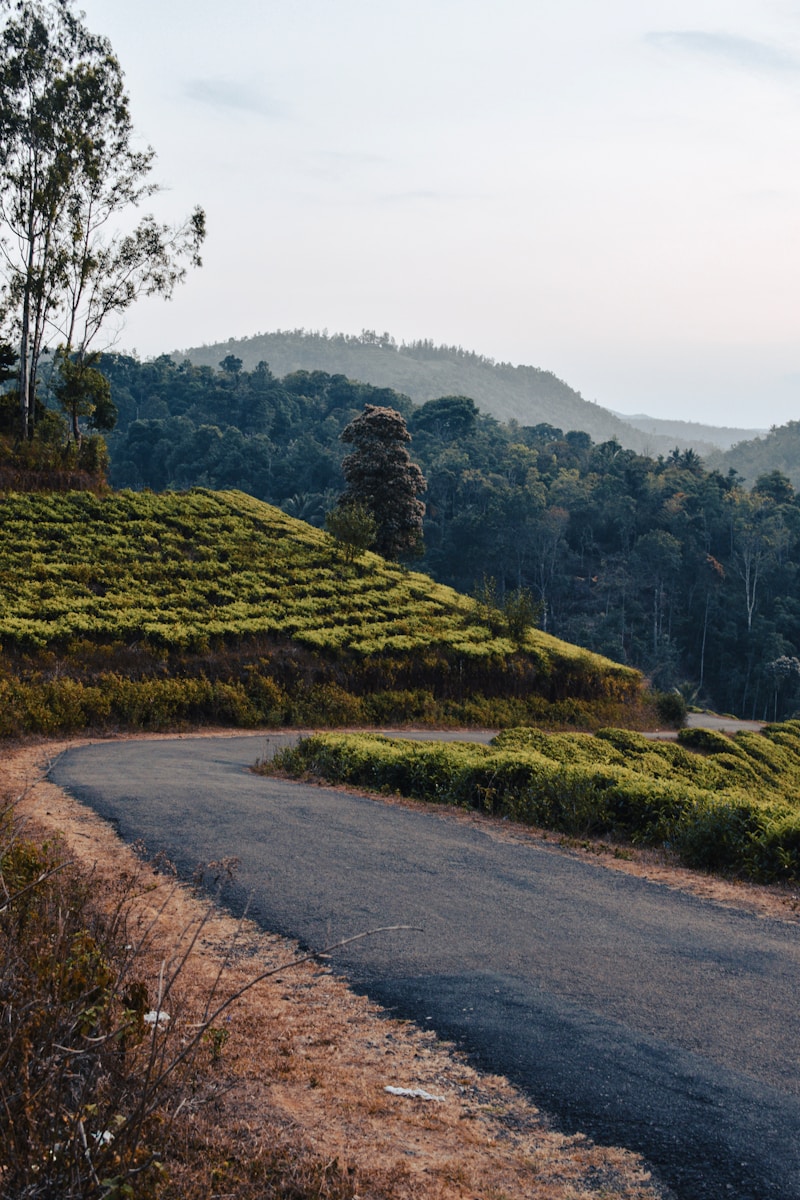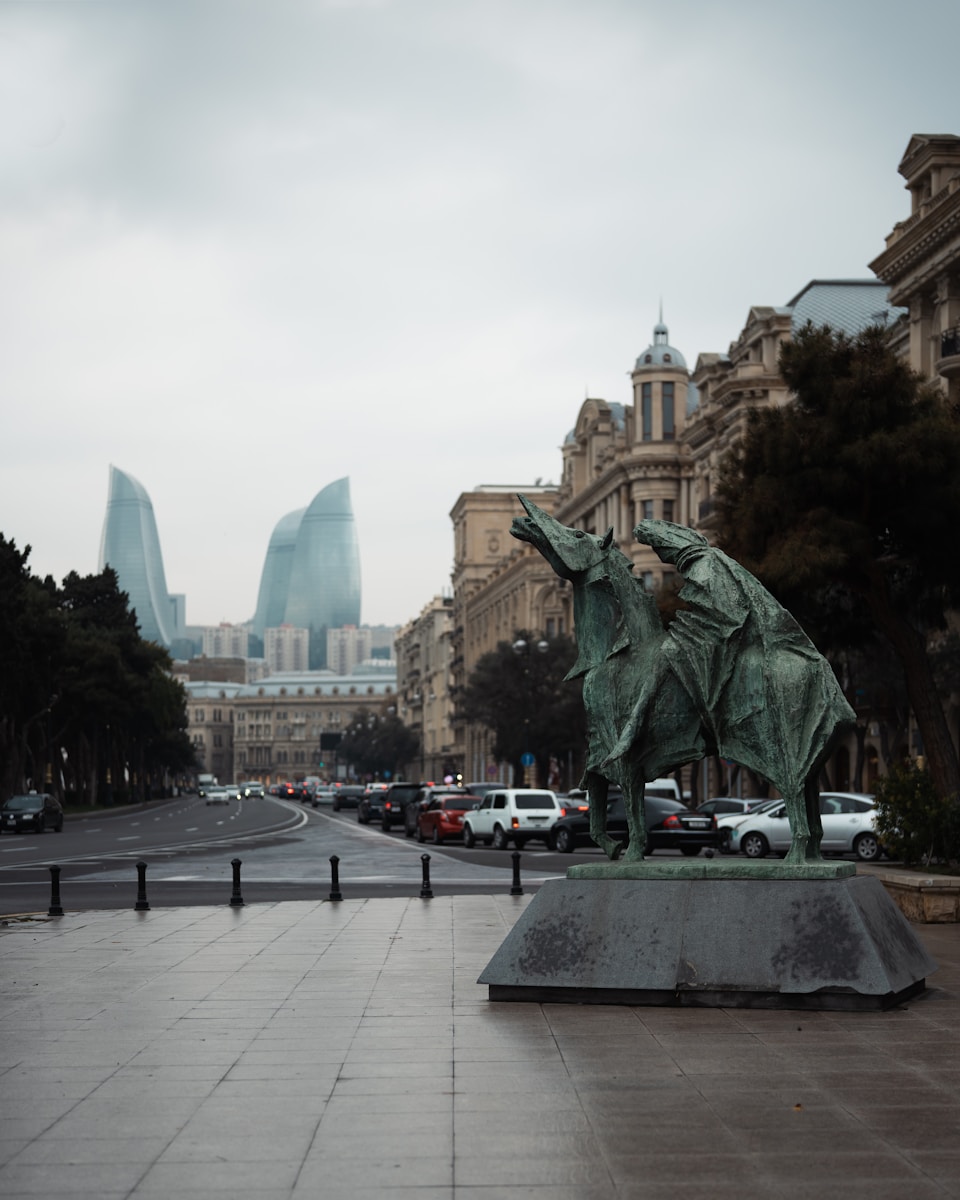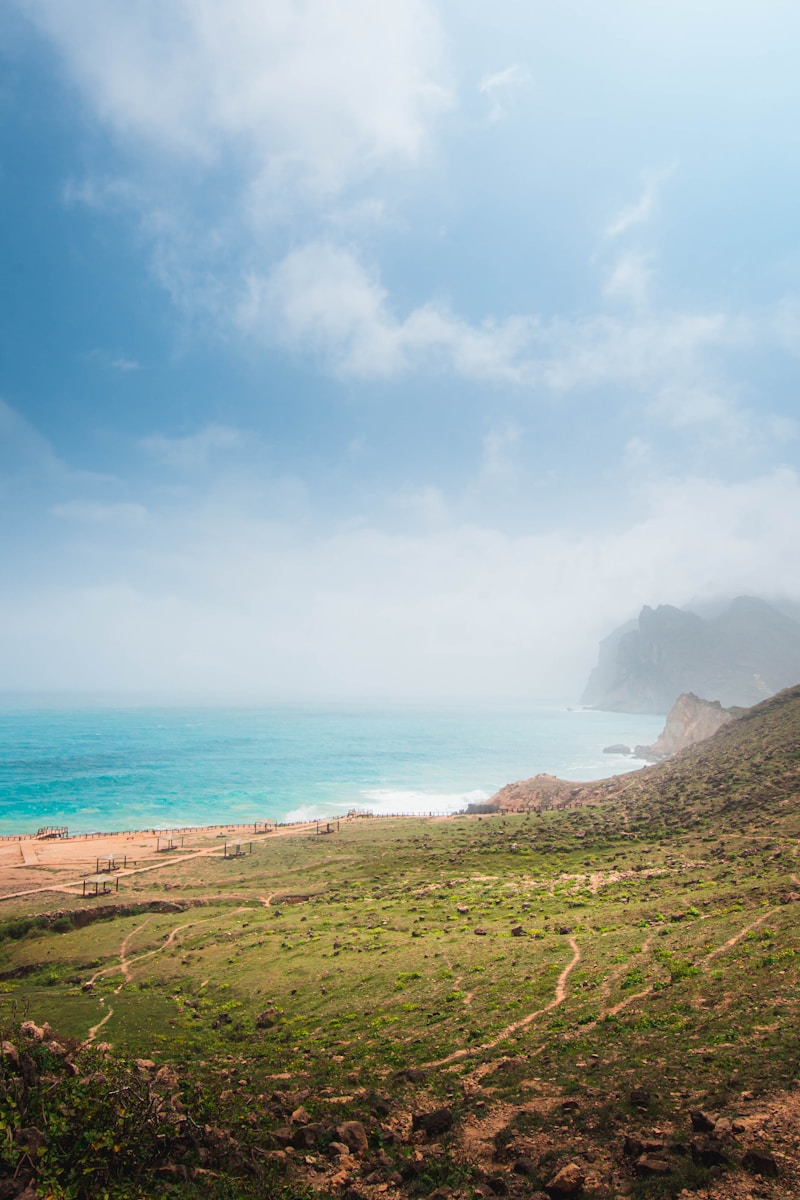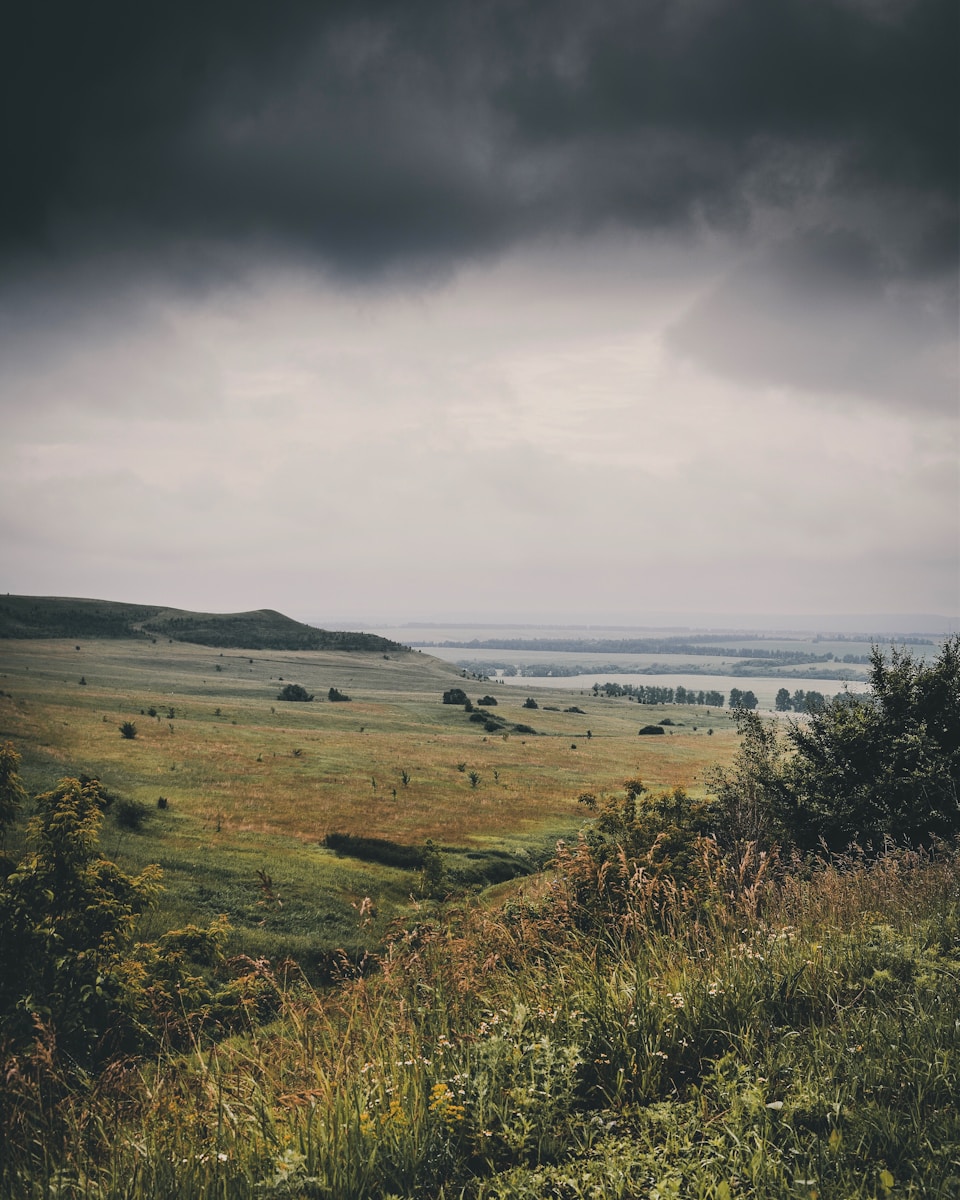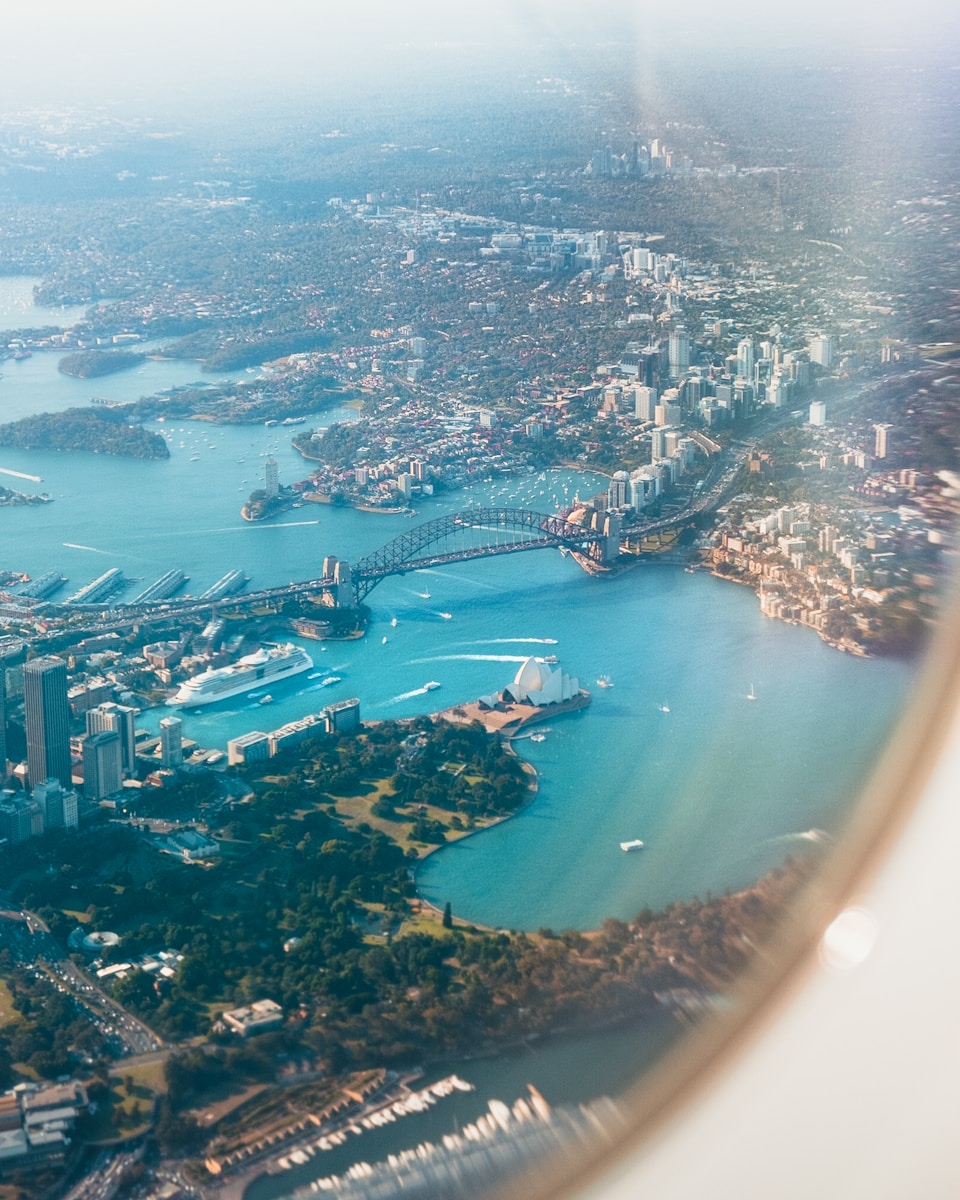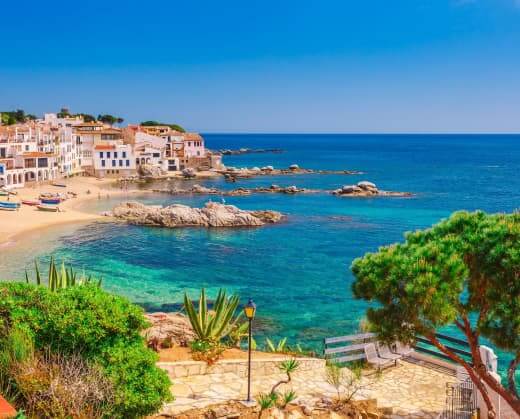
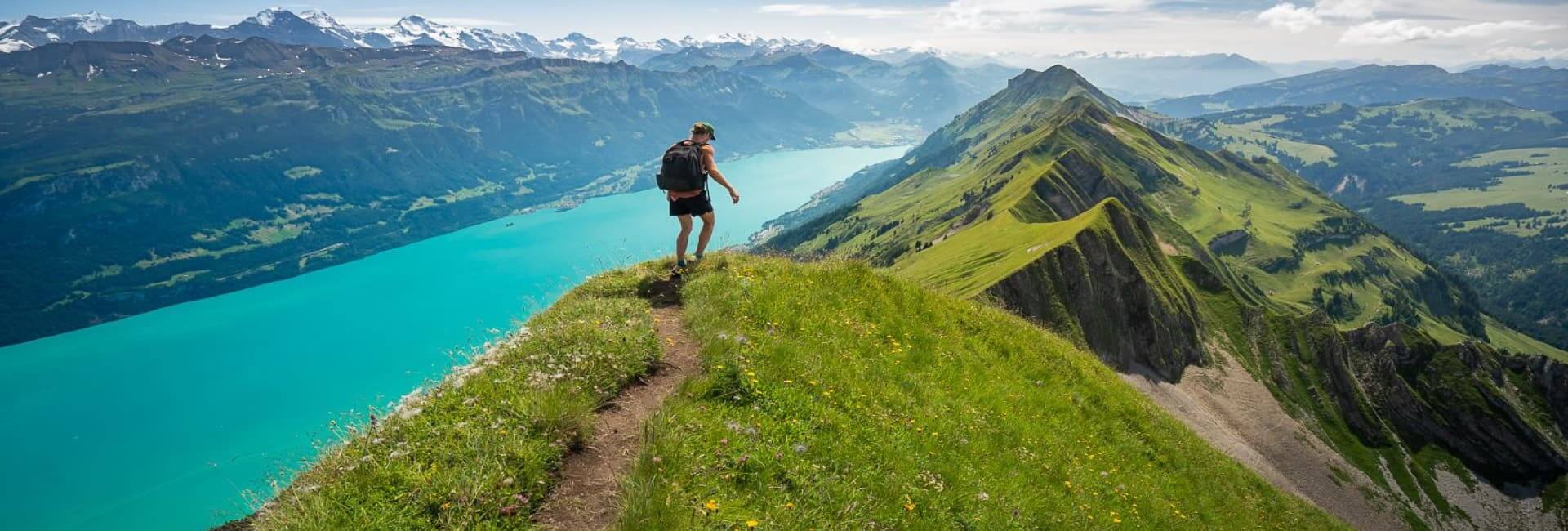
Sri Lanka Travel Tips
Sri Lanka Travel Tips: The Ultimate Guide for First-Time Visitors

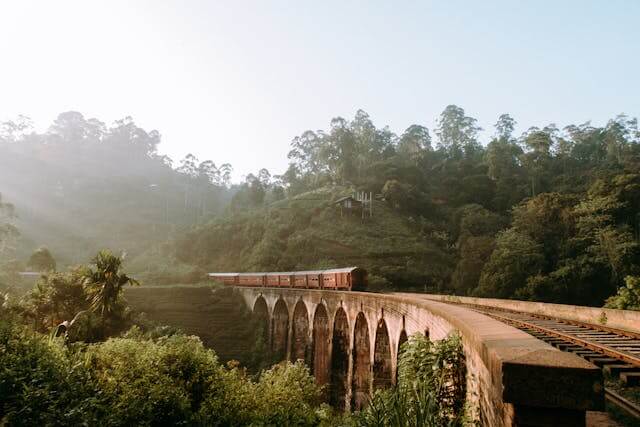
Whether you’re seeking relaxation, adventure, or cultural exploration, these five destinations provide the perfect backdrop for an unforgettable summer vacation. Pack your bags and get ready to create lasting memories with Royal Class!
Want to satisfy your wanderlust, check out our unique packages curated for you!!!
Top Sri Lankan Tourist Destinations
Sri Lanka is home to several iconic travel destinations that are rich in culture, history, and natural beauty. The Cultural Triangle, which includes Kandy, Anuradhapura, and Polonnaruwa, is a treasure trove of ancient ruins and UNESCO World Heritage Sites. These locations are perfect for history buffs who want to learn about Sri Lanka’s ancient kingdoms. Sri Lanka’s beaches are some of the best in Asia. Trincomalee, Mirissa, and Arugam Bay offer crystal-clear waters, perfect for swimming, surfing, and relaxing. The cool climate of Sri Lanka’s hill country offers a refreshing contrast to the tropical coastlines. Kandy, home to the Temple of the Tooth, and Nuwara Eliya, famous for its colonial charm and tea plantations, are must-visit locations.
Local Etiquette and Customs
Respecting Sri Lanka’s cultural norms will ensure a smoother travel experience and deeper connection with locals. The common greeting in Sri Lanka is “Ayubowan,” meaning “May you live long.” This is often accompanied by a gentle bow of the head. In more urban settings, a handshake is common. When visiting temples or sacred sites, always dress modestly by covering shoulders and knees. It’s customary to remove shoes before entering places of worship, and some temples may require a modest dress code. Meals in Sri Lanka are typically served in a communal style, and it is common to eat with the right hand. Always be respectful when dining with locals, and avoid wasting food.
Food and Drink in Sri Lanka
Sri Lanka’s cuisine is a delightful fusion of spices, rice, and fresh ingredients. Rice and curry is the staple dish, often accompanied by a variety of curries, chutneys, and pickles. Don’t miss out on Kottu, a flavorful stir-fried dish made from shredded roti, and Hoppers, which are bowl-shaped pancakes best enjoyed with egg or honey. Sri Lankan food is known for its use of spices such as cinnamon, cardamom, curry leaves, and chili. Sambol, a spicy condiment, is a signature flavor you’ll encounter throughout your meals. Sri Lanka is famous for its Ceylon tea, one of the best in the world. It’s commonly offered to guests, often with milk and sugar. Alcohol is available, but it’s culturally sensitive to consume it only in designated areas like hotels or bars.
Shopping in Sri Lanka
Sri Lanka is a shopper’s paradise, offering everything from high-end goods to local crafts. Tea is one of Sri Lanka’s most famous exports, and you’ll find a wide selection of high-quality Ceylon tea in local markets and shops. Other great souvenirs include spices, batik fabrics, and hand-carved wooden souvenirs. Bargaining is a common practice in local markets, and it’s a fun way to interact with shopkeepers. Always approach negotiations with a friendly demeanor, and don’t be afraid to haggle for a better price. Colombo is the commercial hub of Sri Lanka, home to shopping malls, street markets, and boutique stores. The Pettah market offers everything from textiles to antiques and fresh produce.
Health and Safety Tips for Travelers
While Sri Lanka is generally safe for travelers, it’s essential to keep a few health and safety tips in mind. Ensure you are up to date on routine vaccines like Hepatitis A, Typhoid, and Tetanus before your trip. It’s also recommended to consult with your doctor for any additional health advice based on your travel itinerary. Sri Lanka is a tropical destination, and diseases such as dengue fever are present. Protect yourself from mosquitoes by using repellent and wearing long sleeves in the evenings. Sri Lanka is considered relatively safe, but it’s still advisable to take standard safety precautions. Stick to well-lit areas at night, avoid displaying valuables in public, and always use trusted modes of transportation.
Conclusion: Making the Most of Your Sri Lankan Adventure
Sri Lanka is a land of wonder, from its historical ruins to its idyllic beaches and lush hill stations. With the right planning and understanding of the local customs, you can make the most of your trip and create lasting memories. Whether you’re an adventure seeker, a culture enthusiast, or someone who simply wants to unwind, Sri Lanka is a destination that will not disappoint. Start planning your adventure to Sri Lanka today—this enchanting island awaits your exploration!
